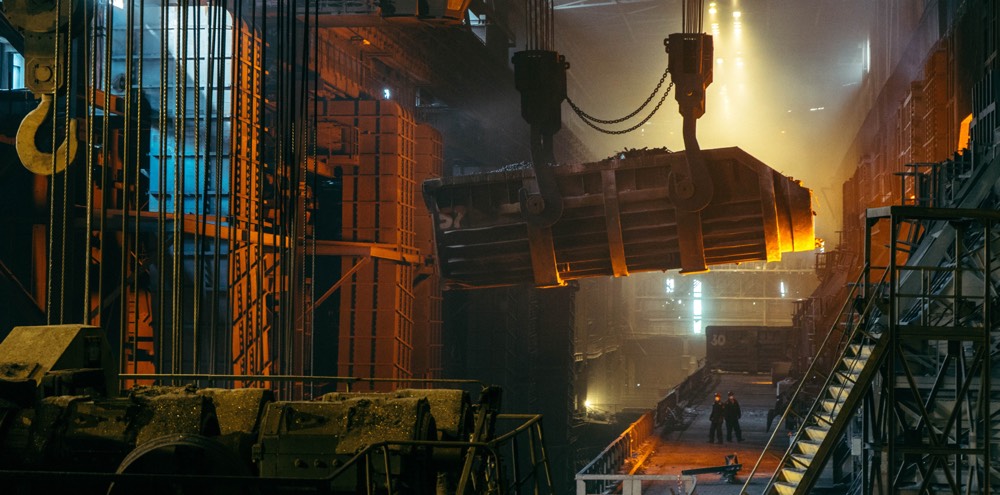
When an injury happens at work, every second counts. Yet, many workplaces don’t realize they’re unprepared until it’s too late, only to find missing supplies or expired items when an emergency strikes.

This article will walk you through the ANSI First Aid Kit Standards (ANSI/ISEA Z308.1-2021), showing you what’s required, how to assess your workplace’s unique needs, and how to keep your first aid kits fully stocked, compliant, and ready when it matters most.
ANSI/ISEA Z308.1-2021 sets the minimum requirements for workplace first aid kits and supplies. While ANSI doesn’t enforce these regulations (that’s OSHA’s job), its standards are widely recognized as best practices for maintaining workplace safety. Because not all workplaces face the same risks, ANSI categorizes first aid kits into two classes based on the specific environment and potential hazards present.
A. Class A Kits: For Less Hazardous Environments
Class A kits are designed for environments where the risk of serious injury is low, like offices, retail stores, or schools. Required contents include:
Class B kits are built for workplaces with higher risks, such as construction sites, manufacturing plants, and warehouses. Class B kits contain all the supplies in Class A kits in greater quantities, plus:
ANSI/ISEA Z308.1-2021 classifies first aid kit containers into four types based on their intended use and the environments they’re designed for.
Type I: Designed for stationary, indoor settings and typically mounted in a fixed position, such as on a wall in an office, classroom, or other indoor workspace.
Type II: Designed for portable use indoors. These kits are compact and easy to transport, but they are not built to withstand harsh conditions.
Type III: Designed for both indoor and outdoor use but not meant for environments where damage is likely. They are portable, can be mounted in a fixed position, and include water-resistant seals.
Type IV: Designed for environments with a significant risk of damage due to rough handling, moisture, corrosion, and impact. They are portable, can be mounted, and are constructed to meet stringent performance guidelines for durability.
Every workplace is different. To make sure your first aid kits meet ANSI standards and suit your environment, start with a workplace hazard assessment.
Conducting a Hazard Assessment
Ask yourself:
Determining How Many Kits You Need
Ongoing Maintenance
A kit is only useful if it’s fully stocked and up-to-date. ANSI recommends:
Meeting ANSI first aid kit standards shouldn’t be a hassle. At Thompson Safety, we make it simple with a full range of Class A and Class B kits customized to fit your workplace, whether it’s an office, construction site, or industrial facility. But having the right kit is just the start. Our Safety Works maintenance programs ensure your kits are always compliant and ready, with regular inspections, fast restocking, and quick issue resolution when you need it most.
Don’t wait for an emergency to reveal the gaps in your first aid kits. Contact Thompson Safety today to keep your first aid kits, and your team, prepared and protected.
DISCLAIMER: The content provided on this website is intended solely for informational purposes. While Thompson Safety strives to offer reliable and accurate information, we shall not be held liable for any errors or omissions in the featured content. The material presented does not constitute professional advice. Users relying on this information pertaining to our products or services are solely responsible for independently verifying the accuracy of the information from trustworthy sources, including the product manufacturer, business policy/procedures, NFPA, and their local Authority Having Jurisdiction (AHJ). Our service offerings may vary by market, and not all services are available in all markets.